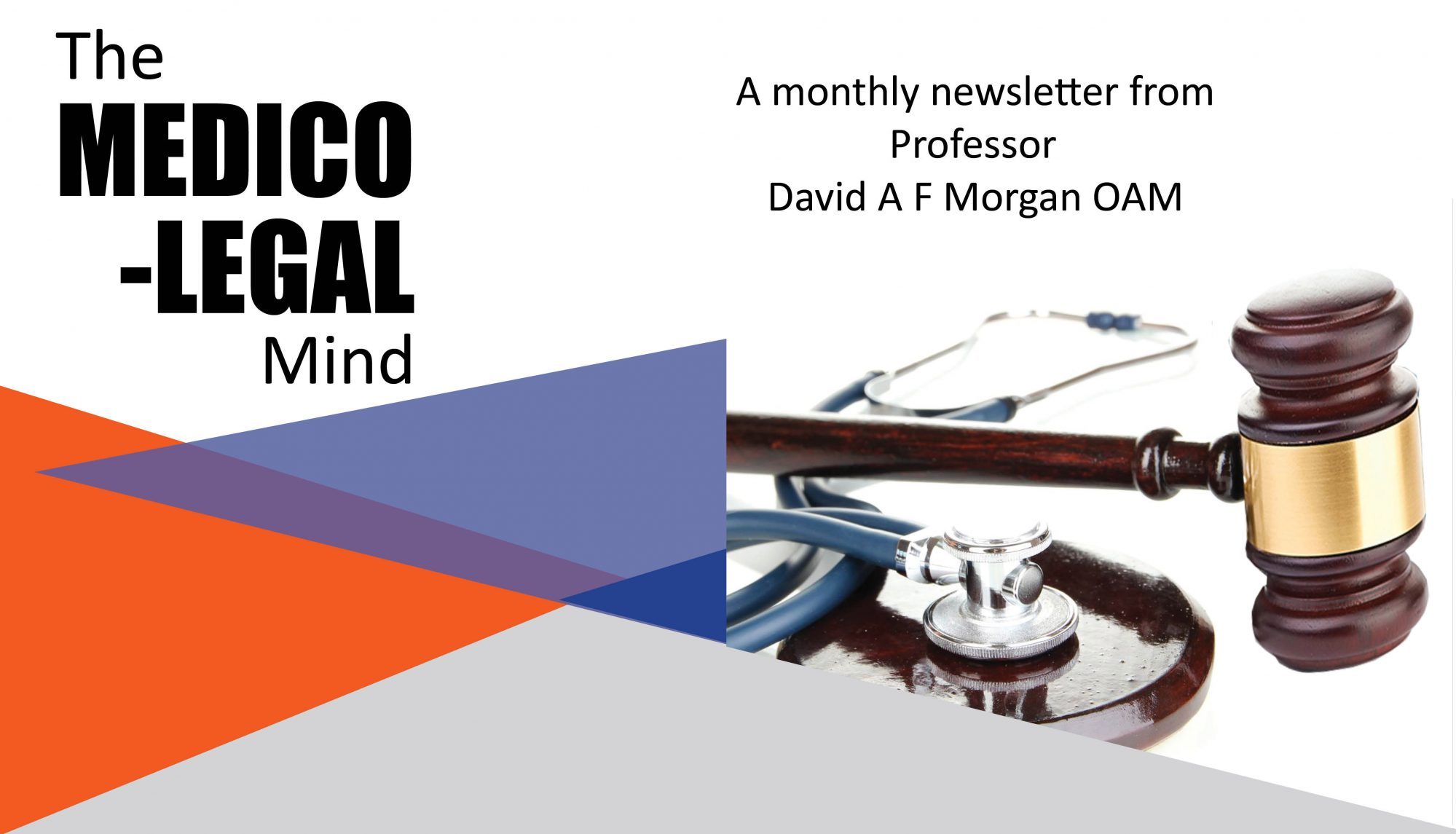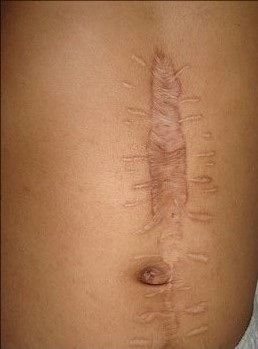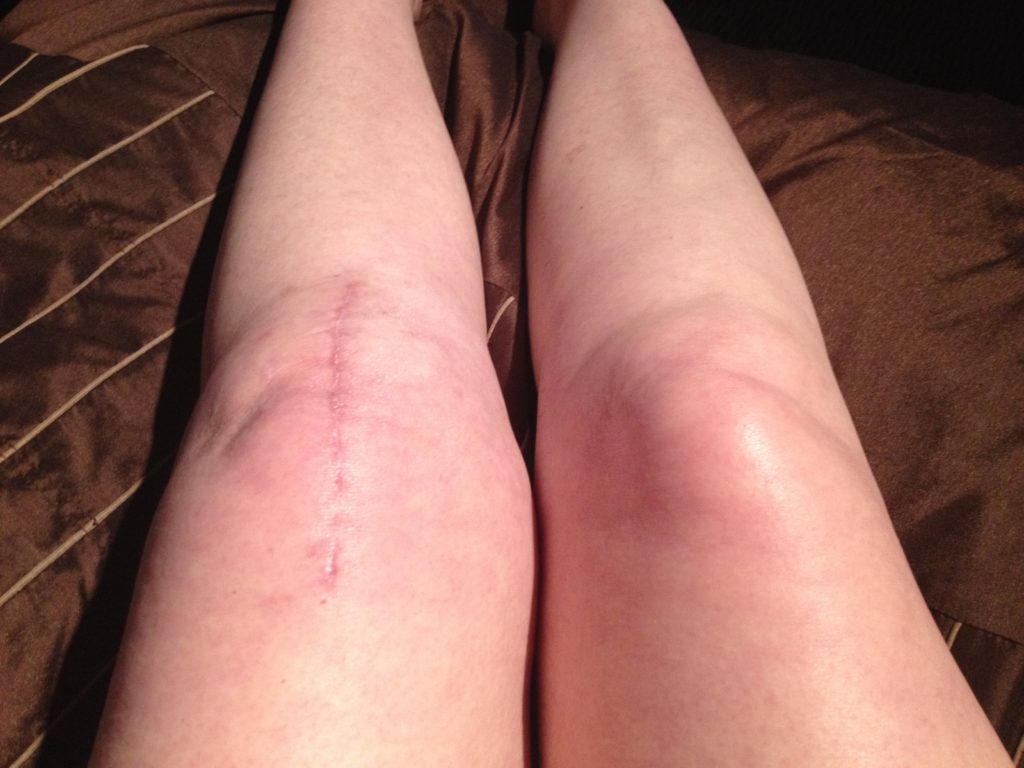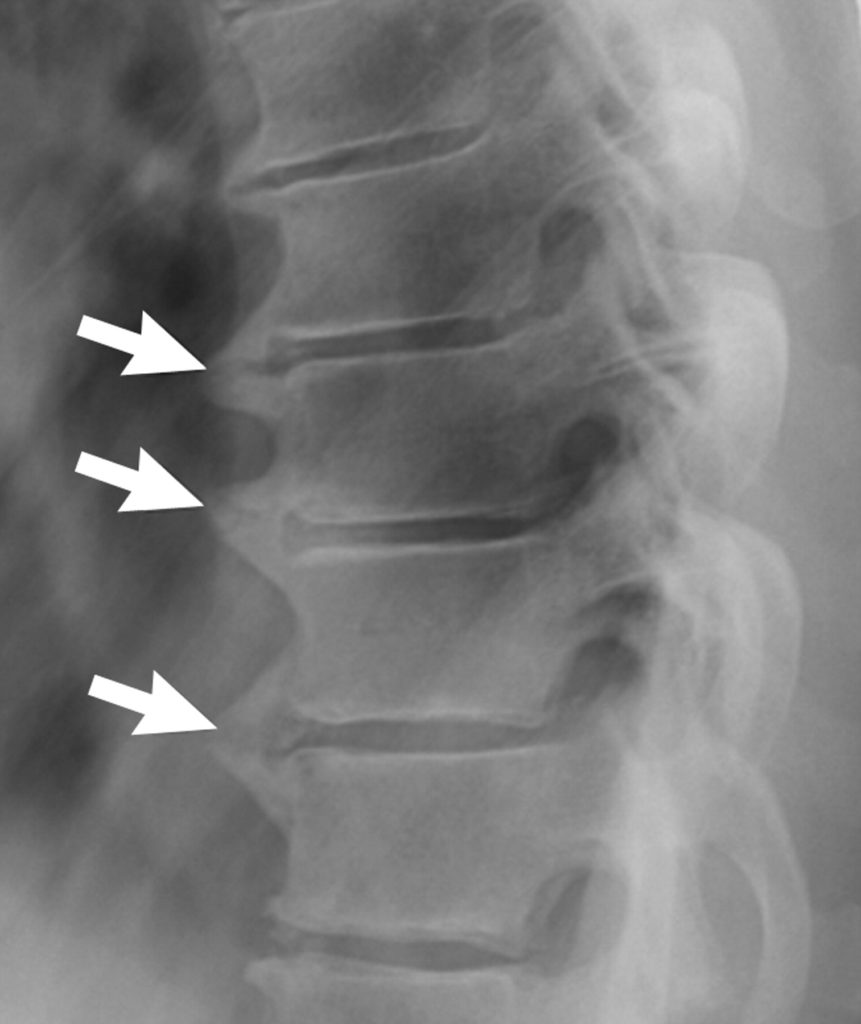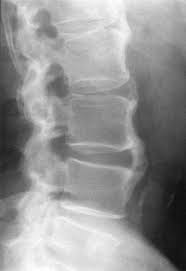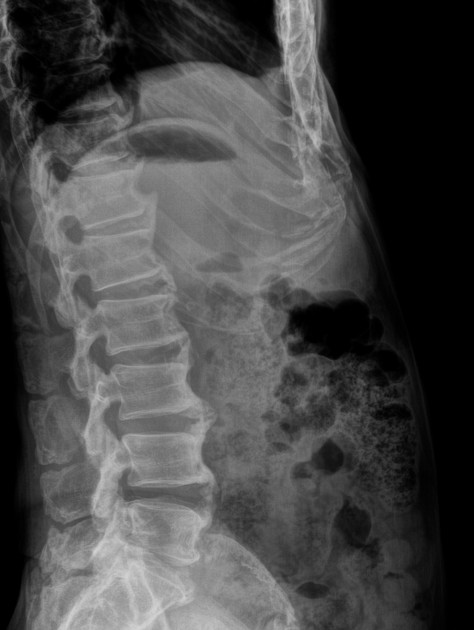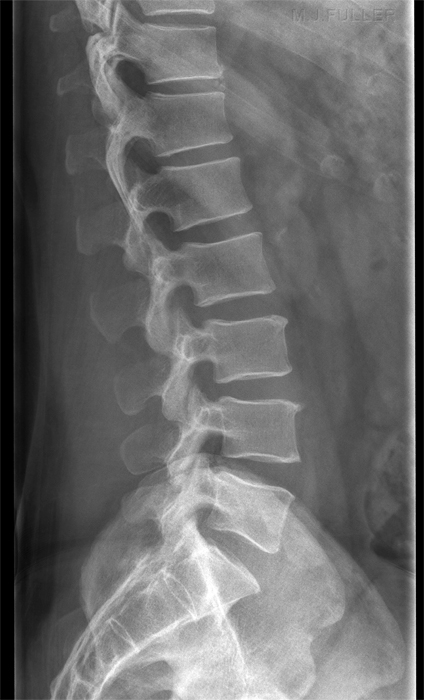Lead Article
Should Medicolegal Reports Be Solicited From a Treating Orthopaedic
Surgeon
I am referring here to the provision of a report for the Court by an orthopaedic surgeon who has been intimately involved in the management of injuries sustained by a plaintiff in a personal injuries claim.  The inference is that the surgeon is conflicted in some way and may therefore be less than objective with the analysis.
The inference is that the surgeon is conflicted in some way and may therefore be less than objective with the analysis.
There are many issues to consider. It would be reasonable to assume that the orthopaedic surgeon does have some considerable sympathy for the plaintiff given the nature of the injuries requiring orthopaedic operative intervention. It is also possible that there have been some complications as a result of the surgical endeavour or worse still, maybe the surgeon did not perform as well as he or she may have desired. In any or all of these instances, the surgeon may be tempted (consciously or subconsciously) to provide a more lenient report, embellishing the losses that have been sustained and the losses that may accrue in the future.

An alternative viewpoint might be that the treating orthopaedic surgeon is truly best positioned to properly understand the full extent of the injuries that have been sustained by the plaintiff. The surgeon has witnessed firsthand the anatomical havoc that has been wreaked, understands the limitations of the reconstructions that have been performed and can provide a more accurate perspective on prognosis.
The Professional in Action
A third dimension strikes at the overall professionalism of the orthopaedic surgeon. Does he or she have the ability to divorce any emotional link from the assessment and engage in true, unencumbered objectivity? Can the surgeon recognise the potential for conflict of interest that might exist? What if the injury spectrum being considered forms part of a highly specialised niche in orthopaedic surgery where few other qualified reporters are available?
I do not have a strong view on this matter one way or the other. I can see strengths and weaknesses in securing a report from a treating orthopaedic surgeon. I can also see problems in securing a report from a non-treating orthopaedic surgeon who is poorly equipped to provide medicolegal reports.
In the final analysis, it is probably best to assess each surgeon as he or she comes and make a value judgement on an individual basis.
